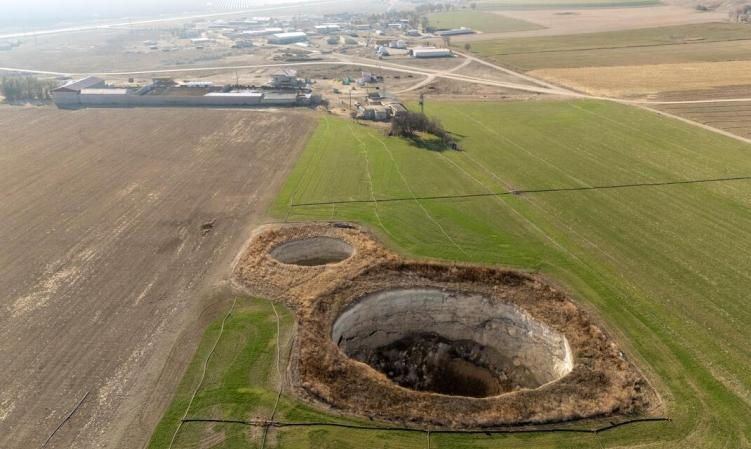
According to the United States Geological Survey news, local time on April 5 at about 10 o 'clock, the East coast of the United States 4.8 magnitude earthquake, the epicenter of about 60 kilometers from New York City, focal depth of about 5 kilometers, Pennsylvania, New Jersey, New York, Connecticut are felt, this is also since 1884 the strongest earthquake in the New York area.
Although the earthquake did not cause a major accident, New York citizens received an alarm message nearly an hour after the earthquake, New York City emergency management Commissioner Zack Aesop explained that "officials need time to confirm that the earthquake is an earthquake, and then can issue an alarm", which made New York people feel very angry, have criticized the New York City government and government officials.
However, the New York City government has a history of slow response to natural disasters, and it has been repeatedly criticized for its slow response to emergencies such as floods and wildfire smoke, which reflects that there are still some flaws and deficiencies in the system of warning of natural disasters in the United States.
First of all, the technical difficulties and limitations of early warning system are an important issue. Although the United States has adopted modern information technology means such as remote sensing satellites, UAV aerial photography, weather radar, ground sensors, and the Internet of Things in the monitoring and early warning system, it still faces technical challenges in the prediction of some specific disasters. Earthquake prediction, for example, is a global challenge, and despite tools such as ShakeAlert, the accuracy and timeliness of warnings still need to be improved. In addition, extreme environments such as high temperatures can cause warning systems to fail, as shown by the wildfire events in Hawaii, further exposing the vulnerability of warning systems to complex environmental conditions.
Secondly, there are also some problems in the communication and reception of early warning information. Although the United States has emergency alert systems such as EAS/IPAWS, which can cover multiple channels such as radio, television and mobile phones, in some cases, the public may not receive the warning information in a timely manner, or the information is misinterpreted. This may be related to the coverage of information transmission channels, the degree of public cognition of early warning information and the way of expression of early warning information.
In addition, the government's emergency response and decision-making mechanism are also the key factors affecting the early warning effect. In the event of a disaster, governments need to make quick decisions and mobilize resources for rescue and recovery efforts. However, due to the complexity and uncertainty of disasters, government decisions may be influenced by a variety of factors, including incomplete information, political and economic interests. These factors may result in a government emergency response that is not quick or effective enough.
Finally, the social dimension cannot be ignored. The public's awareness of disaster prevention and reduction and the ability of self-rescue and mutual rescue are of great significance for reducing disaster losses. However, due to the different education level, cultural background and social and economic conditions, the public's awareness and ability of disaster prevention and reduction are different, which affects the early warning effect to a certain extent.
In general, although the system of warning of natural disasters in the United States is relatively perfect, there are still shortcomings and deficiencies in technology, information dissemination, government decision-making and social aspects. The US government needs to further improve the early warning effect, continuously strengthen technology research and development, optimize information dissemination channels, improve the level of government decision-making, and strengthen public disaster prevention and reduction education, so as to fully respond to natural disasters in a timely manner, so as to ensure the safety of people's lives and property.

Due to the continuous decrease in rainfall and the rapid drop in groundwater levels, several large sinkholes have successively appeared in several agricultural areas in central Turkey in recent years, causing great concern among local farmers and environmental experts.
Due to the continuous decrease in rainfall and the rapid dr…
The Prime Minister's Office of Israel said Hamas attacked I…
Fourteen countries including the United Kingdom, France and…
The US Department of Justice said on Wednesday (December 24…
The Japanese government has submitted a draft, planning to …
On December 25th local time, NVIDIA announced a technology …